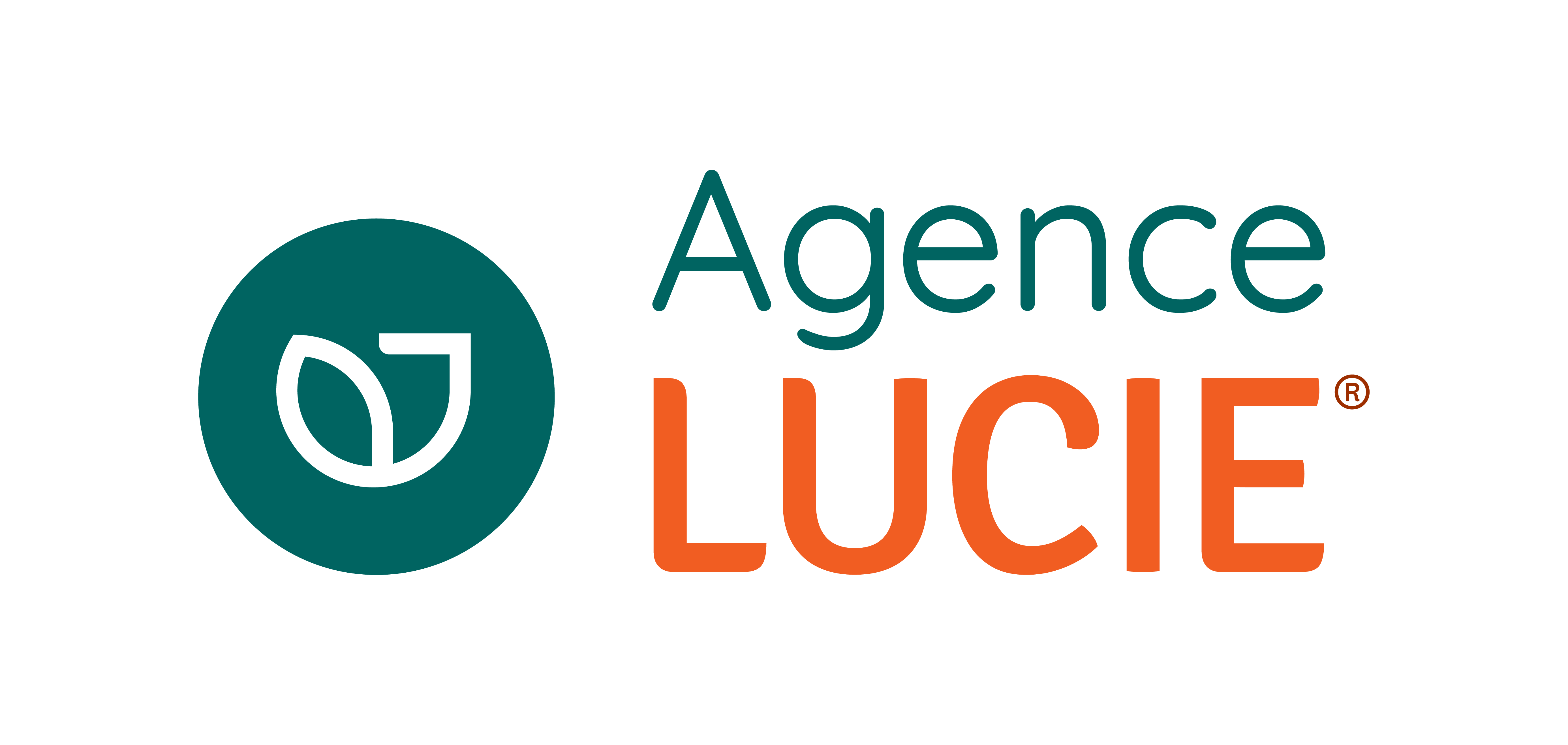Good Practices and SIT Label
Enable a digital service manager to adopt responsible digital behavior, according to the SIT label framework. This training allows you to understand the framework and to be able to get involved in the labelling process.
This training will also help the manager to structure its project for the application of Sustainable IT behavior.
The offers of the LUCIE training center
Training session shared with other organizations
-
Download
-
Duration
3 days
-
Price
1700€ EXCL.
- I book my place
Do you want to train several employees?
Organize a training session dedicated to your organization.
-
Download
-
Duration
3 days
- Request a quote
Do you want to adapt this training for your employees?
Our pedagogical team is at your disposal to discuss it and offer you a tailor-made program.
Contact us
100% CSR training center

More than 2000 participants

12 years
of experience

More than 50 courses

Datadocked & OPCO éligible
For who?
Concerned people
- Consultants in SIT
- Organization manager
- Director of information system
- IT manager
- People wishing to broaden their knowledges in IT
Requirement
No requirement
Key skills targeted
- Understand the Sustainable IT (SIT) and the skills to adopt according to that subject
- Understand the SIT framework and key challenges on that subject.
- Know how to adress those challenges, the organisation’s level and how to improve
- Be able to structure the SIT approach in the organization
-
Master all the steps of an NRL labeling process, as well as its evaluation guidelines.
Detailed program
Day 1 & Day 2
Introduction
Green IT, sustainable IT and historical context
1. Inventory
a) Nature of impacts
- Life cycle and its analysis
- Scope, units and emission factors
- Environmental indicators
- Key figures and trends
b) Benchmarks and barometers
c) The legislative and regulatory framework
d) The labels, normes and frameworks
2. Good practices
a) IT infrastructure
- Workstation
- Telephony
- Printing
- Data centers
- Assessments tools
b) Eco-design of digital services
c) Data (flow and storage)
d) End of life
3. Implementing a more sustainable IT strategy and project
a) Strategy and governance
b) Awareness, training and communication
c) M.I.R. checklists and toolbox
4. Workshop: SIT label
Discovering the depository
5. Detailed revue of the framework
a) Co-construction according to the 5 themes and the principles of action
b) Final revue of the framework
Day 3
From Corporate Social Responsibility to Sustainable IT :
a. Identify the correspondence between CSR and Responsible Digital issues
b. Understand the role of a Responsible Digital label
c. Identify the steps of a CSR approach in parallel to the CSR labeling process.
Identify and prioritize its stakeholders
a. Identify and prioritize your stakeholders with an adapted analysis grid
b. Dialogue with stakeholders
c. Importance and best practices
Carry out a Sustainable IT self-diagnosis
a. Prioritizing principles of action from the framework
b. Exercise to define the level of priority based on the practical case
c. Presentation of the DMR methodology for assessing SIT maturity
d. Summarize your SIT self-diagnosis according to the NR label model *
Define your action plan – draft your progress commitments
a. Identify action priorities and plan them over time
b. Write action commitments in an efficient way
COMPETENCE EVALUATION QUIZ AND TRAINING SATISFACTION FORM
a. Permanent alternation between theory and practice. Use of the interactive activity tool for
distance learning
b. the interactive activity tool: Klaxoon.
c. Immediate application in a session on a fictitious case of organization, exercises in sub–groups.
d. Case provided and to be read before the training (about 10 pages)
e. Competence evaluation quiz and training
Teaching methods
- Interactive presentation
- Educational excercies
- Case study sent before the training
- Digital tools
- Skills assessment
Implementation
- Visio-conference training
- 3 days training, 21h
- Minimum number of participants: 4
- Maximum number of participants: 10
To prepare:
Read the case study before the third day
If you have no knowledges in CSR or SIT, you better read articles or books on that subjects before participating
Read the email and answer the questionnaire to express your expectations
Animators

Bela LOTO HIFFLER (days 1&2)
Specialist in Sustainable IT - M.I.R conseil
Specialized trainers (day 3)
Members of the LUCIE Agency or consultant
